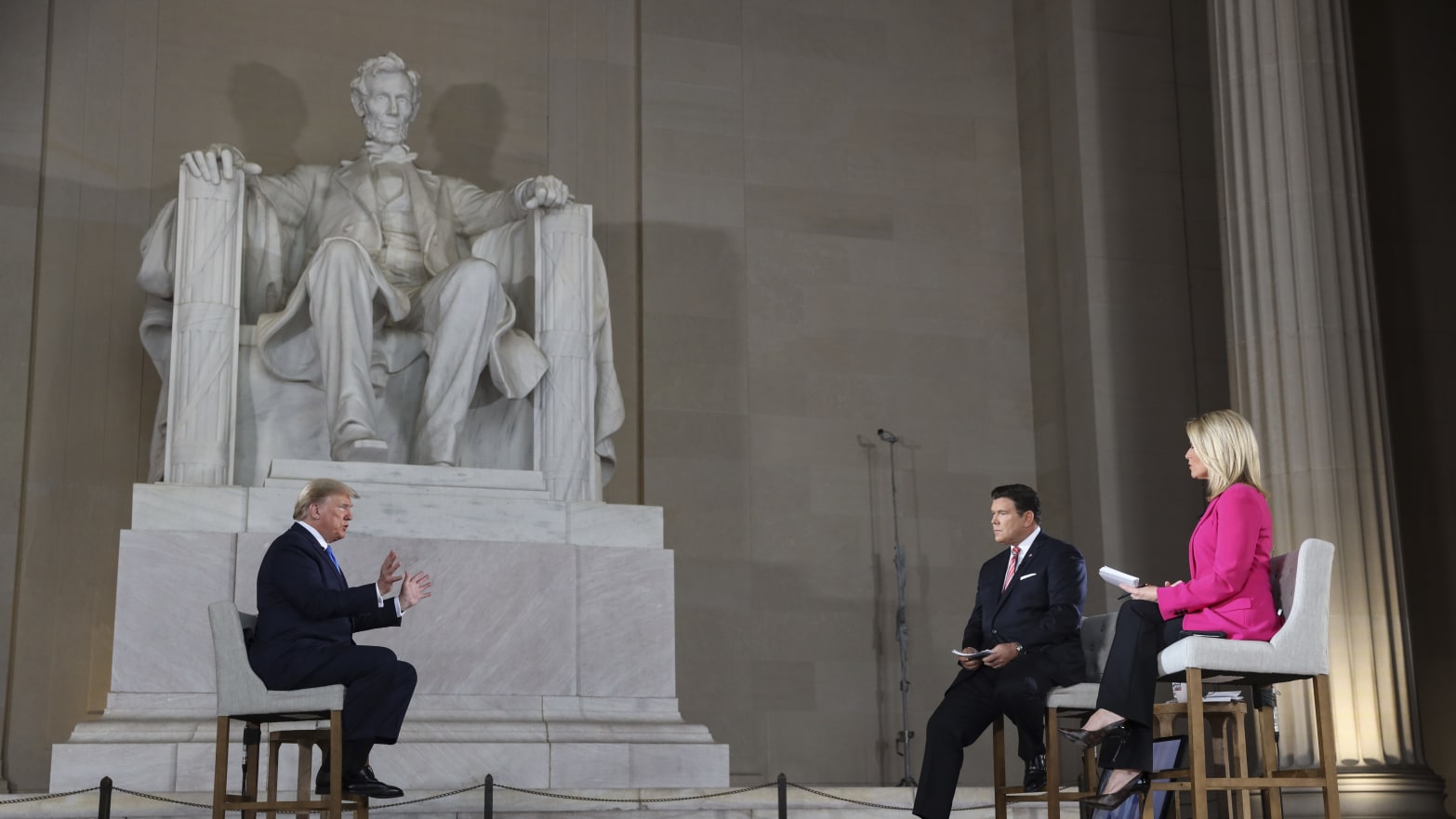by D Nelson - 1978 -
Henry Elsner, Jr.'s, The Technocrats,. Prophets of Automation (1967) is the most comprehensive treatment; it traces the movement from its origins to the 1960s.
CANADIAN STUDY MASTERS DEGREE SFU
COVERS CANADIAN TECHNOCRACY AS WELL AS US
VANCOUVER HAD A BUILDING AND LARGE TECHONCRACY
FOLLOWING IN THE CITY PRE WAR AND POST WAR.
COVERS CANADIAN TECHNOCRACY AS WELL AS US
VANCOUVER HAD A BUILDING AND LARGE TECHONCRACY
FOLLOWING IN THE CITY PRE WAR AND POST WAR.
by FEA Owakah - 2009 - Cited by 8 - Related articles
Technocracy and Democracy: The Challenges to Development in Africa 87. Technocracy and ... In this definition, Wallace likens technocracy to a platonic meritocracy of the skilled. This analysis to some, ... Wallace , Andrew. 2007. Technocracy: Building a New Sustainable Society for a. Post-Carbon World. New York: NET ...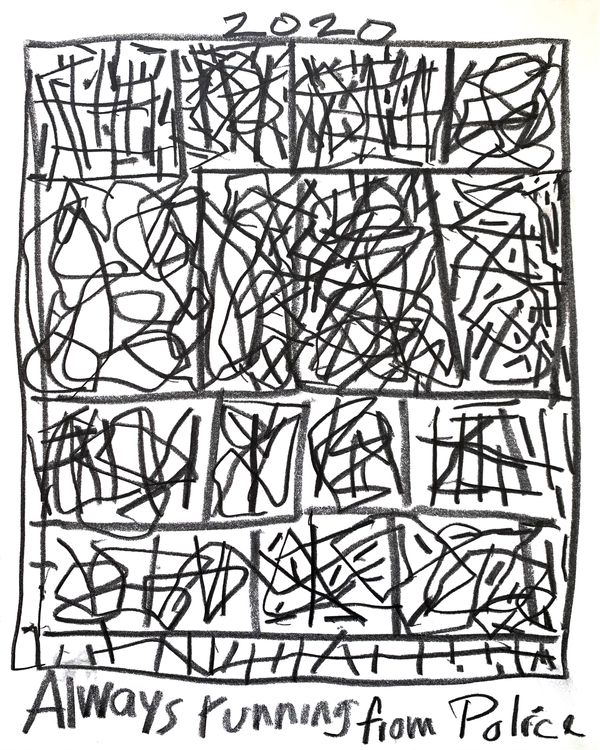

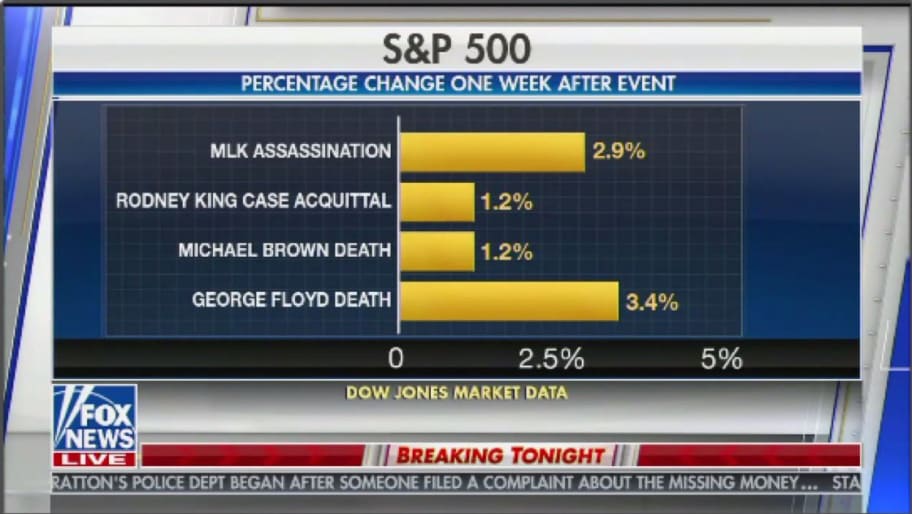
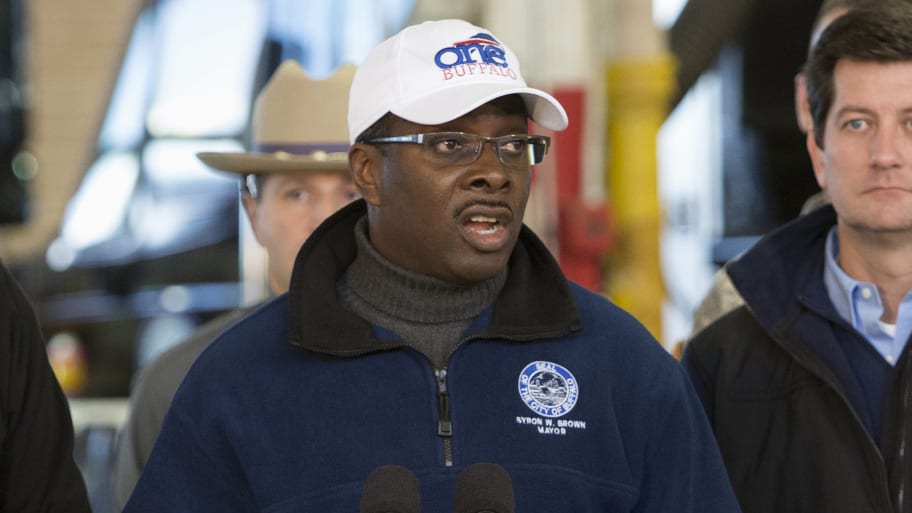



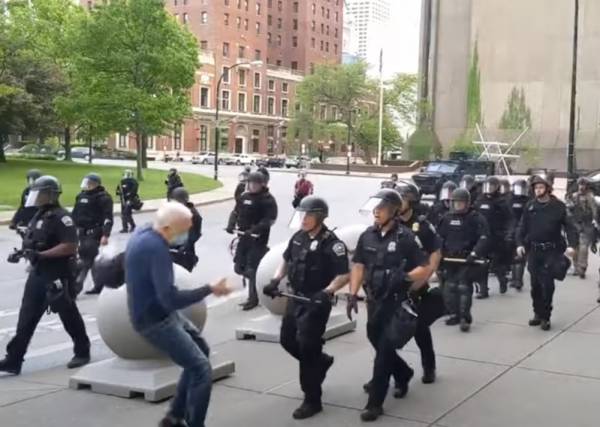
/https://www.thestar.com/content/dam/thestar/news/gta/2020/06/05/video-shot-on-phones-reveals-an-unholy-litany-of-police-abuse-at-demos-across-us/protester_pushed.jpg)





